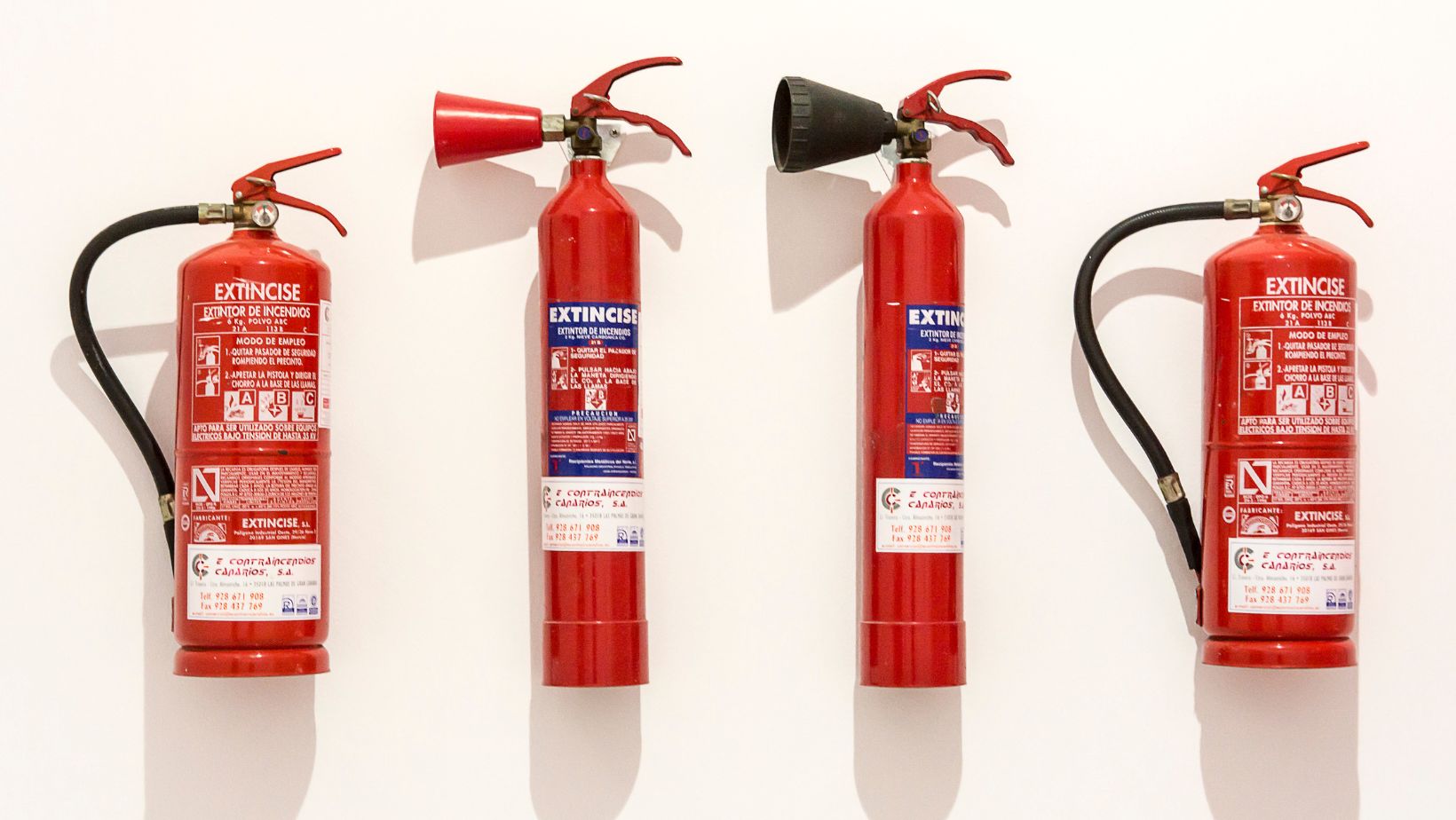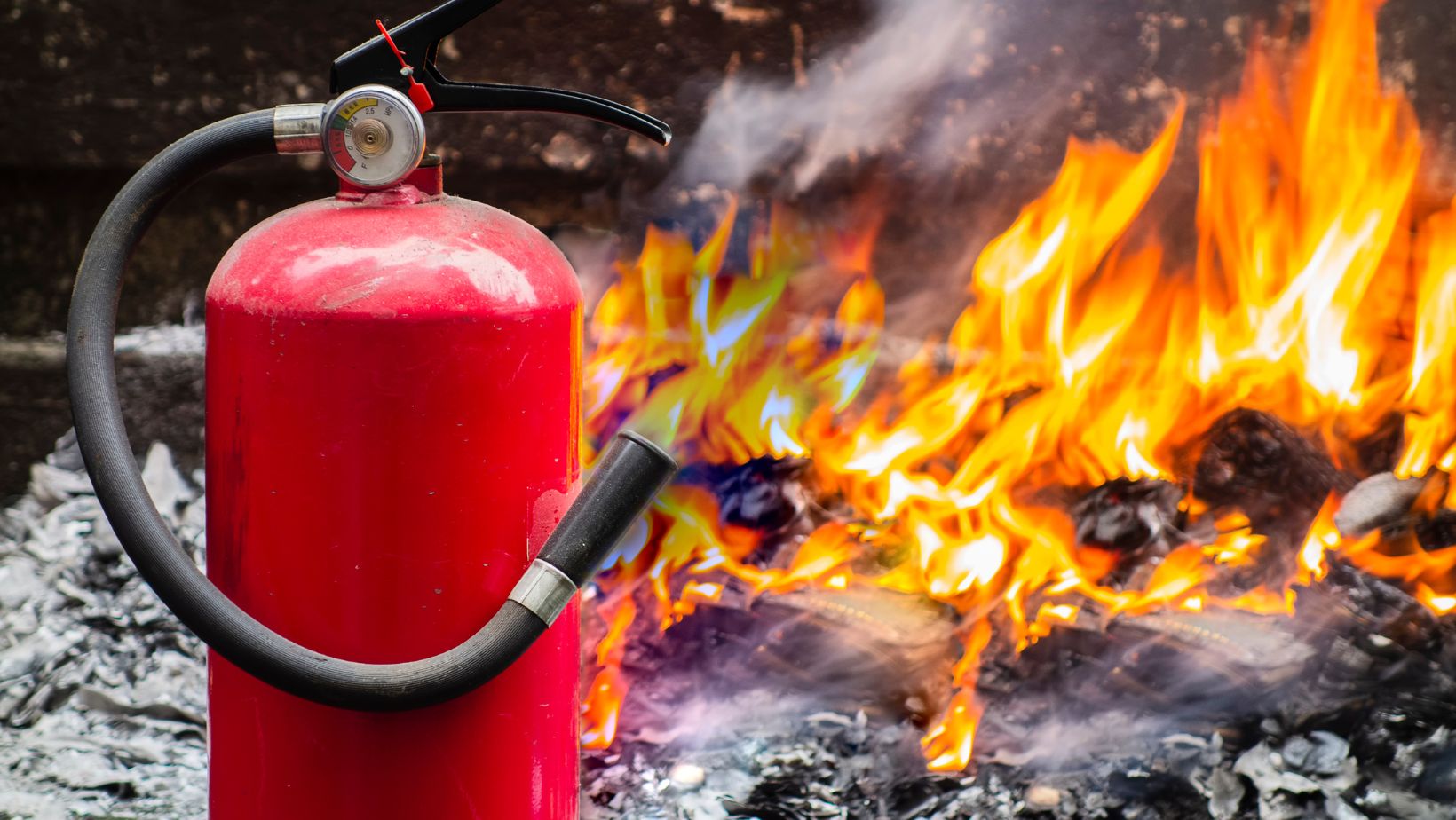
Identify the Equipment Best Suited for Extinguishing Each Type of Fire.
Fires can be unpredictable and knowing the right equipment to combat them is crucial. That’s why I’ve put together this comprehensive guide to help you identify the most effective fire extinguishers for different fire types. From Class A fires, which involve ordinary combustibles like wood and paper, to Class C fires, which are fueled by electrical sources, we’ll cover it all.
By the end of this article, you’ll have the confidence to handle any fire emergency and choose the right extinguisher to quickly and effectively put out the flames. So, let’s get started and equip ourselves with the knowledge to tackle any fire situation that comes our way!
Class A Fires: Identifying the Best Equipment for Extinguishing Ordinary Combustibles
When it comes to fighting fires, one of the most important things to remember is that not all fires are the same. Different types of fires require different types of fire extinguishers for effective and safe extinguishment.
In this section, I will discuss Class A fires, which involve ordinary combustible materials such as wood, paper, cloth, and plastic. I will guide you through identifying the best equipment to combat these fires, so you can be well-prepared in case of an emergency.
Here are the key points to consider when choosing the right equipment for Class A fires:
1. Water-based Extinguishers
2. Dry Powder Extinguishers
3. Foam Extinguishers
Class B Fires: Choosing the Right Tools to Tackle Flammable Liquids and Gases
When it comes to Class B fires, which involve flammable liquids and gases, it’s crucial to have the appropriate equipment on hand for effective extinguishing. Using the wrong tools can actually make the situation worse and increase the risk of injury or property damage. Here are a few options to consider when choosing the right tools for tackling Class B fires:
1. Carbon Dioxide (CO2) Fire Extinguishers
2. Foam Fire Extinguishers
3. Dry Chemical Fire Extinguishers
Class C Fires: Safely Extinguishing Electrical Fires with the Right Equipment
When it comes to Class C fires involving electrical equipment, it’s crucial to use the right tools for extinguishing them. These fires pose a unique challenge because water-based extinguishers are not suitable as they can conduct electricity and potentially lead to electric shock or further damage. Therefore, it’s essential to be aware of the following equipment specifically designed for tackling Class C fires safely:
1. Carbon Dioxide (CO2) Extinguishers
2. Halogenated Fire Extinguishers
3. Fire Blankets

Class D Fires: Understanding the Unique Challenges of Metal Fires and Choosing the Ideal Extinguishing Agents
When it comes to metal fires, it’s essential to understand the unique challenges they present and choose the right extinguishing agents. Class D fires involve combustible metals such as magnesium, titanium, sodium, lithium, and potassium. These fires require specialized tools and techniques due to the high heat and reactivity of the metals involved.
It’s important to note that water, foam, and carbon dioxide extinguishers are not suitable for Class D fires. Using these types of extinguishing agents can cause the fire to spread or even explode, making the situation more dangerous. Therefore, it’s crucial to use extinguishing agents specifically designed for Class D fires.
Two commonly used extinguishing agents for Class D fires are dry powder extinguishers and sand. Both options have their advantages and can effectively smother the fire and prevent its spread. Let’s take a closer look at each option:
1. Dry Powder Extinguishers
2. Sand
Class K Fires: Dealing with Kitchen Fires and Selecting the Most Effective Extinguishers
When it comes to fire safety in the kitchen, it is crucial to understand the unique nature of Class K fires. These fires are specifically associated with cooking oils, fats, and greases commonly found in professional kitchens and restaurants. Class K fires can be extremely dangerous and require specialized equipment for effective extinguishment.
To tackle Class K fires, it is essential to have the right extinguishers on hand. Here are a few options to consider:
1. Wet Chemical Extinguishers
2. Fire Suppression Systems
Understanding the different types of fires and the appropriate equipment to extinguish them is crucial for enhancing your fire safety knowledge and preparedness.






